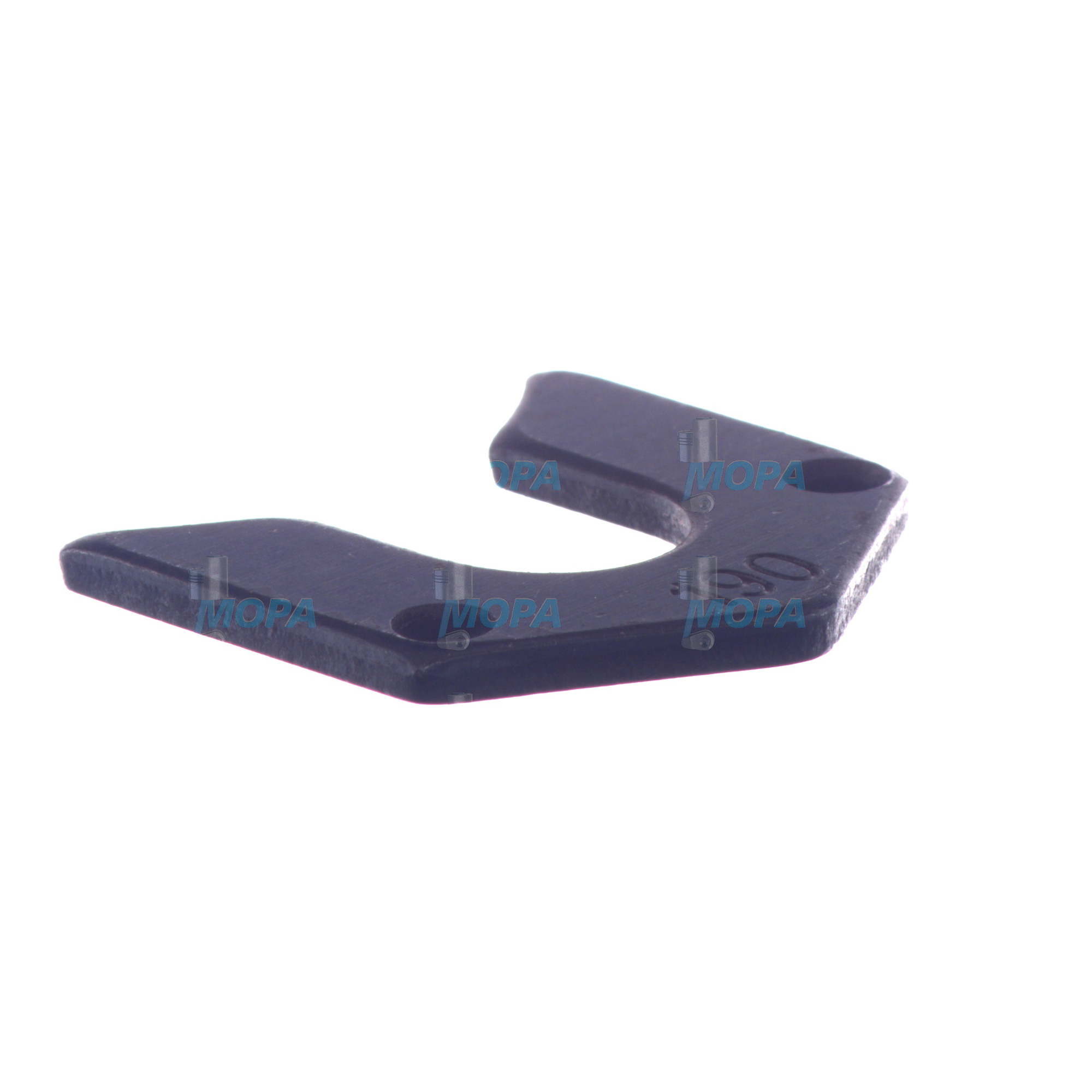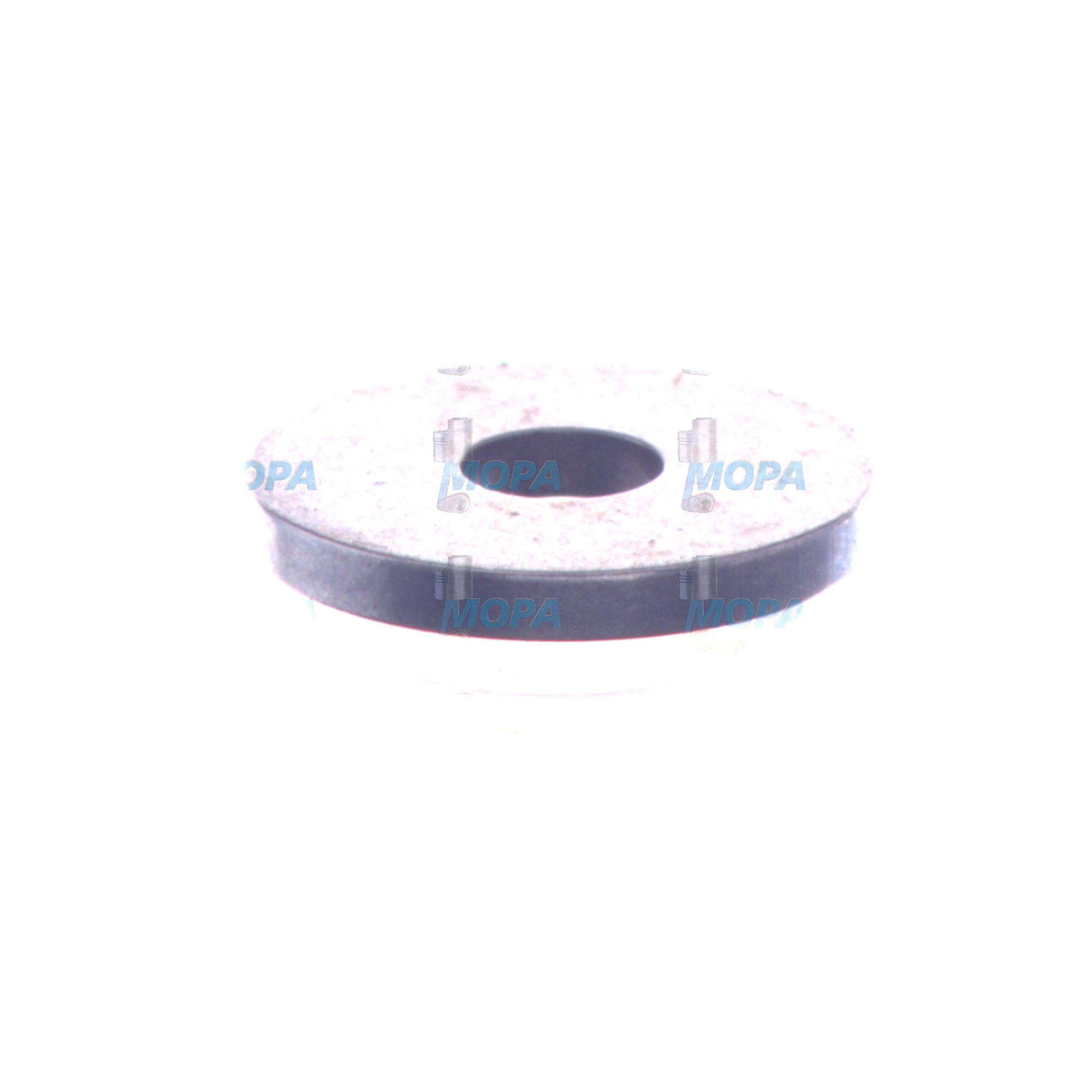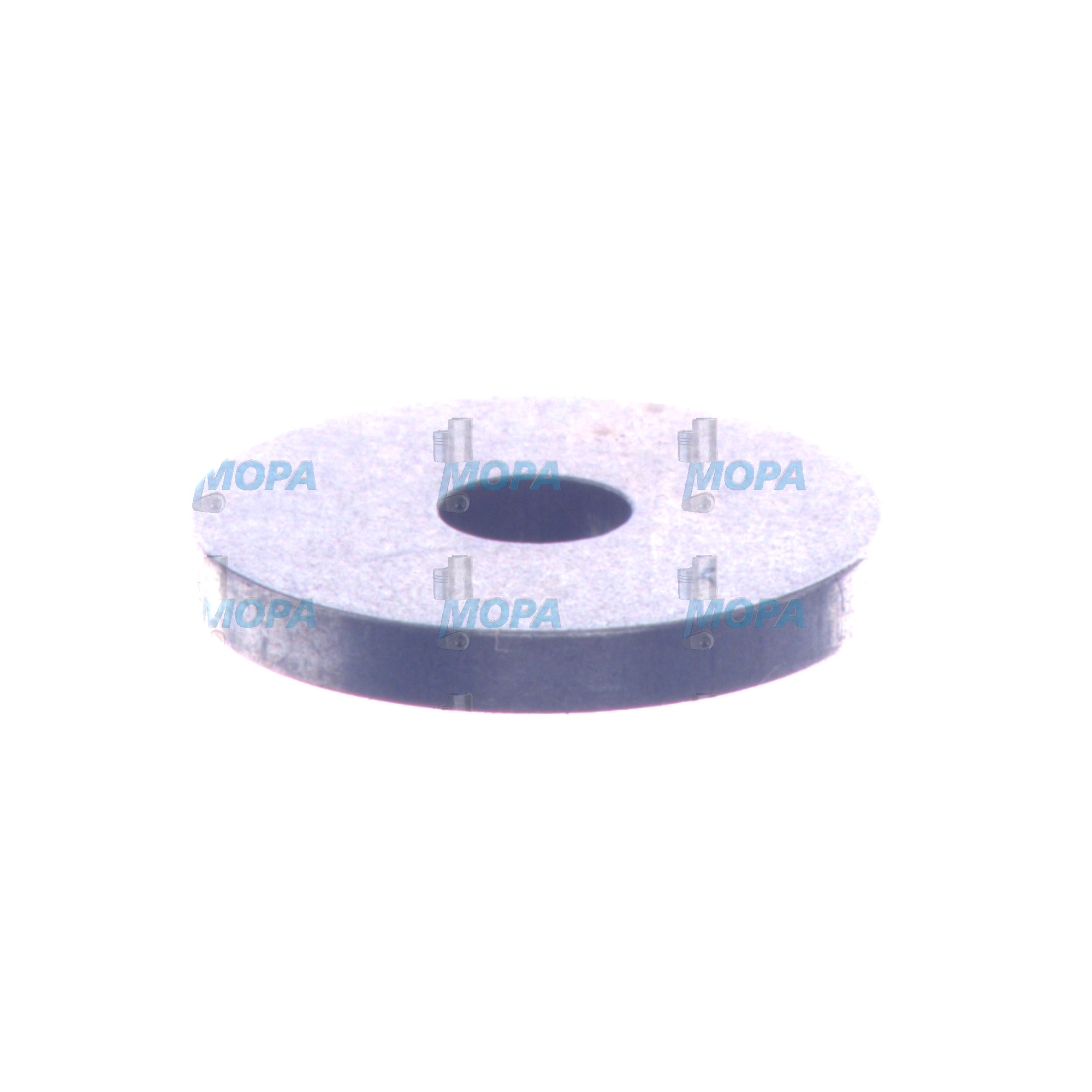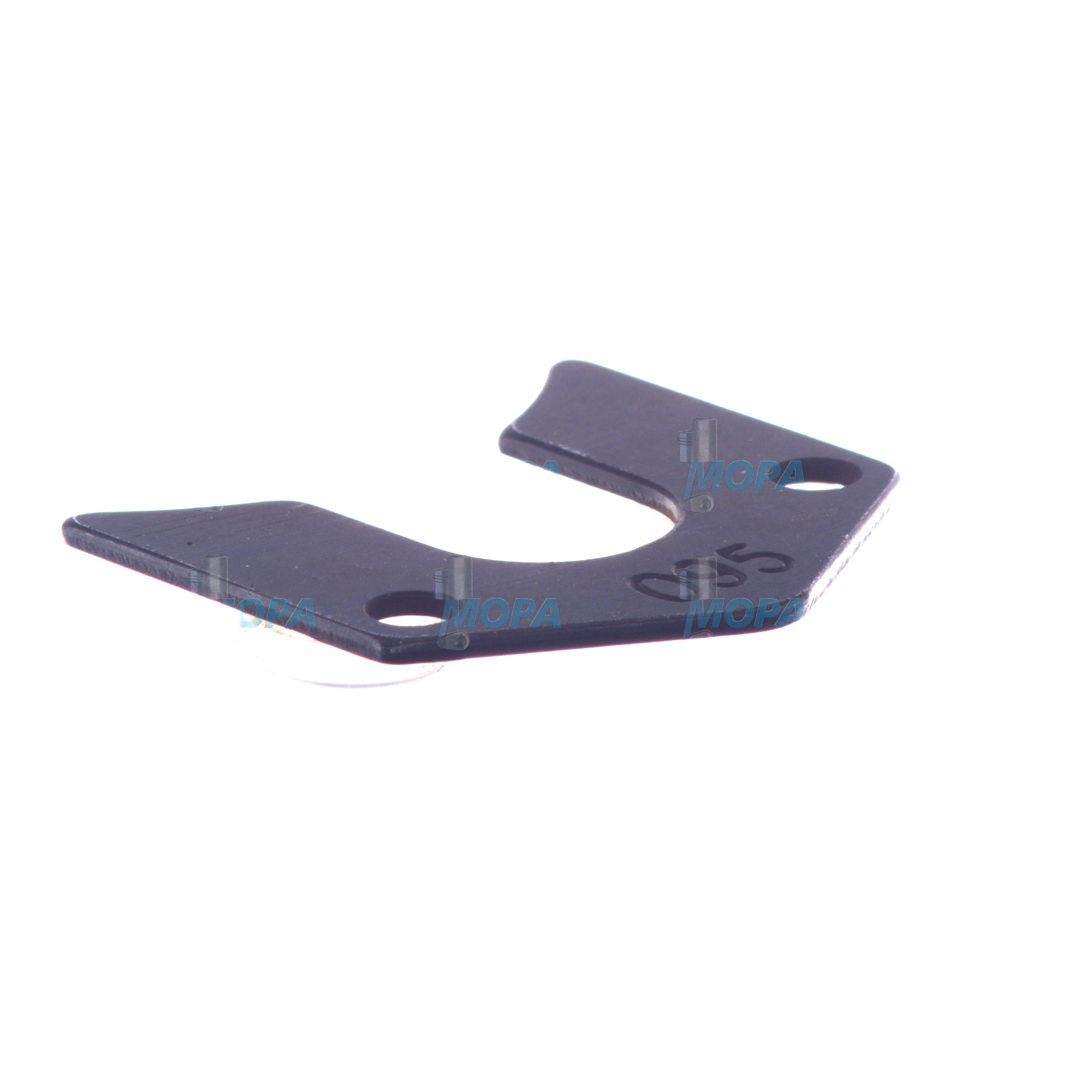SHIM Washers for Engine Reliability and Precision
Washers are small, high-precision components that deliver outsized impact in heavy-duty engines. From marine propulsion to power generation units, they serve as spacers, load distributors, locking elements, and sealing interfaces. Within this category, SHIM washers stand out for their dimensional accuracy, enabling fine adjustment of mechanical clearances that directly affect engine performance, efficiency, and safety. In diesel and gas engines alike, the right washer—selected by material, hardness, and thickness—helps maintain alignment, prevent leaks, and stabilize bolted joints under extreme thermal and vibrational loads.
Because engines operate across large temperature deltas and fluctuating loads, component interfaces must be controlled to micrometers. SHIM washers make that possible. They’re used during assembly, overhaul, and maintenance to set exact tolerances in valve trains, gearboxes, pumps, and accessory drives. Correct washer selection and specification is therefore not a detail; it’s a design requirement that protects assets and uptime.
Technical Function of SHIM Washers in Diesel and Marine Engines
In a diesel engine or marine engine, SHIM washers are precision thickness elements used to define or correct clearances, end-plays, and preloads. Common applications include:
Valve train adjustment: SHIM washers set valve lash in cam-over-bucket or follower designs. The correct thickness ensures full seating without excessive hammering, stabilizes timing accuracy, and minimizes cam and valve tip wear. Deviations of just 0.02–0.05 mm can change valve events and raise temperatures at the seat, reducing efficiency and component life.
Fuel system geometry: Injector nozzle protrusion and pump timing often depend on calibrated shims. A SHIM marine engine setup will use hardened steel shims to fine-tune injector height, ensuring correct spray targeting, optimal combustion, and reduced soot loading. Tight control of these dimensions supports lower specific fuel consumption and cleaner exhaust.
Gear train backlash and bearing preload: Differential shimming brings gear backlash into spec and sets rolling-element bearing preload. Correct SHIM selection reduces noise, stabilizes torsional behavior, and preserves tooth geometry. In timing gearcases, this supports accurate phasing between crank, cam, and auxiliary drives.
Sealing and load distribution: While shims control tolerances, other washer types protect interfaces. Flat washers distribute clamping force to prevent fretting and embedment; spring and toothed washers maintain clamp under vibration; copper or bonded sealing washers prevent fuel and oil leaks at banjo bolts, filters, and injector leak-off lines. Selecting the right washer for each joint mitigates thermal cycling and pressure pulsations typical of high-output engines.
- · Micron-level thickness control for precise clearances
- · Hardened, ground surfaces for stable valve lash and gear backlash
- · Materials matched to heat, pressure, and media (steel, stainless, copper)
- · Burr-free edges and high flatness to protect mating surfaces
- · Consistent hardness for predictable preload and wear resistance
- · Available in calibrated steps (e.g., 0.025–0.10 mm) for fine tuning
- · Corrosion protection for marine engine environments
- · Proven sealing under pulsating pressures in fuel and oil circuits
Why SHIM Washers Are Critical for Reliable Engine Operation
Washers determine how forces and fluids are managed inside an engine. If SHIM washers are incorrect, worn, or out of tolerance, a chain of degradations follows:
Performance drift: Incorrect valve lash shifts opening/closing events, reducing volumetric efficiency, raising EGTs, and driving higher fuel burn. Mis-set injector height alters spray impingement and air–fuel mixing, causing rough running and increased particulate formation.
Accelerated wear: Too little lash can hold valves off their seats, burning valves and eroding seats; too much lash hammers cams and followers. Improper bearing preload increases heat and spalling. Gear backlash out of spec raises noise and scuff risk.
Leak paths and fastener failure: Reusing single-use sealing washers invites blow-by at injectors or weeping at oil galleries. Poor load distribution from wrong flat washers leads to joint relaxation, loosening under vibration, and fretting corrosion—especially in high-speed marine duty cycles.
Unplanned downtime: Small dimensional errors can escalate into major outage events, with collateral damage to cams, injectors, gears, and bearings. Maintaining washer condition and replacing consumable types at overhaul is therefore essential to protect service intervals and asset value.
Advantages of OEM Spare Parts Suitable for Washers and SHIM OEM Parts
Selecting OEM spare parts suitable for washers ensures that each element matches the engine maker’s drawings, metallurgy, and heat treatment. That precision translates to measurable gains in performance, reliability, budget control, and service life:
Performance: Tight thickness tolerances and flatness keep clearances exactly where the design intends. SHIM OEM parts supplied in graded steps allow technicians to hit target lash and backlash values without compromise.
Reliability: Specified hardness and microstructure deliver stable preload and minimal creep at temperature. Copper sealing washers with controlled purity and anneal state conform predictably to sealing faces, reducing rework and fluid loss.
Budget efficiency: Correct-fit washers reduce assembly time, avoid trial-and-error, and prevent premature component wear. Avoiding repeat interventions saves labor, consumables, and lost production hours—key cost drivers for fleet operators.
Service life: Consistent materials and surface finishes preserve mating surfaces, minimize fretting, and stabilize fastener tension across thermal cycles. Overhaul intervals can be met confidently when every washer performs as specified.
SHIM Washers and OEM Parts for Diesel and Gas Engines
For diesel engine and gas engine platforms, OEM spare parts suitable for SHIM washers come with controlled tolerances, documented traceability, and consistent batches—critical for multi-unit fleets and class approvals. That continuity supports standardized procedures, predictable torque–tension outcomes, and repeatable engine performance across vessels and sites.
MOPA: Fast, Secure Supply of OEM Spare Parts for Washers
MOPA is an experienced, reliable partner for OEM spare parts in the washers category, supporting SHIM washer needs for diesel and gas engines across marine and industrial applications. Customers trust MOPA for:
Speed: Extensive inventory, rapid cross-referencing of part numbers, and streamlined logistics for same-day dispatch to shipyards, ports, and power plants.
Quality: Parts aligned to OEM specifications, with controlled tolerances, correct materials, and clean surface finish. Kitting options help technicians carry complete SHIM ranges to set lash or backlash on the first pass.
Security: Reliable sourcing, batch traceability, and robust packaging that protects precision washers in transit. MOPA’s processes reduce the risk of delays and ensure the right parts arrive ready for installation.
Conclusion
SHIM washers—and the broader family of engine washers—are precision components that stabilize clearances, distribute loads, and secure fluid-tight joints. Their role touches performance, efficiency, and the long-term reliability of diesel and marine engines. Choosing OEM spare parts suitable for washers provides the precision, consistency, and durability required to keep assets running at specification and to control lifecycle costs.










